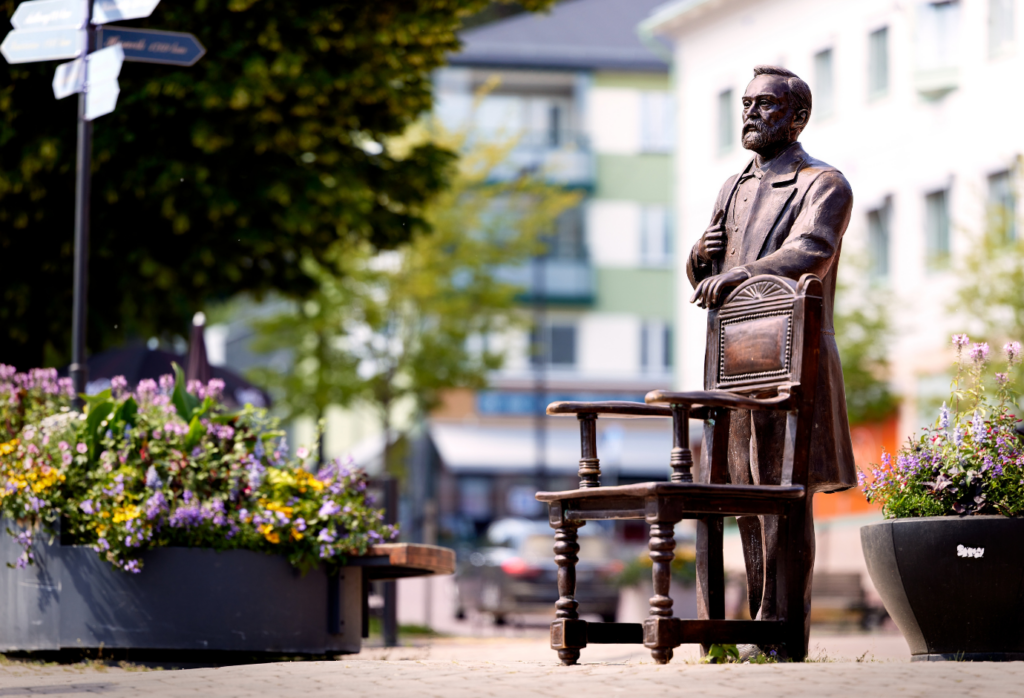We’ve reached that time of year again when the most prestigious prizes are given out. Yep, we’re talking about the Nobel Prize. Three of the six prizes have already been awarded, and disappointingly, the trend towards male-winners seems to have continued this year.
In physics, medicine and chemistry, the prizes were awarded to seven men aged between 39 to 91 — most of them from the US and UK. We’ve long charted the structural barriers and sexism women face in STEM, and studies have consistently shown the various ways bias in the field of scientific advancement have disadvantaged and even harmed women.
Let’s also not forget that most of the recent Nobel Prize winners went to school during the 50s and 60s, a time when many prestigious colleges in the US did not even admit female students.
Hello! Yale wasn’t even admitting women until 1969! Princeton admitted its first full time female graduate student in 1961! Cambridge started admitting female students from 1869, but they weren’t allowed to receive degrees until 1948!
Most of the recent Nobel Prize winners in science received their foundational education during a time when women were expected to marry before she turned thirty, raise a family, cook, clean, and service members of her community without economic reward. Any woman who has received a Nobel Prize in the sciences since its inauguration in 1901 has done so in a backdrop of male power, misogyny, and structural discrimination against her sex.
Which means that their efforts should be doubly praised. In physics, a total of 222 men and five women have been awarded the Nobel Prize. The first female winner was in 1903 (Marie Curie) and it took another sixty years before another woman was acknowledged (Maria Goeppert Mayer in 1963). The world waited another fifty-five years until the next female scientist was awarded – in 2018, when Canadian physicist Donna Strickland won for inventing a new way of creating ultrashort high-energy laser pulses.
Two years later, American astrophysicist Andrea Ghez became the fourth woman ever to receive the prize. Last year, French physicist Anne L’Huillier became the fifth. L’Huillier’s affiliated college, Lund University, started admitting female students in 1880, but it wasn’t until the 1960s when the first female professor was appointed.
In chemistry, a total of 197 people have been awarded the prize — only eight have been women. Marie Curie was the first woman to win the prize in 1911, and one of only two people to win the prize alone (most winners share the prize with colleagues). Twenty-four years later, her daughter Irène Joliot-Curie won the same prize, sharing it with her husband, Frédéric Joliot. In 1964, British biochemist Dorothy Crowfoot Hodgkin became the third woman to win the prize for her efforts to explain the atomic structure of molecules using X-ray crystallography.
Then it was another 45-years until the next female chemist was awarded the prize — in 2009, Israeli crystallographer Ada Yonath was acknowledged for her studies of the structure and function of the complex molecular machine of ribosomes. Between 2018 and 2022, four female chemists were awarded the prize: Frances H. Arnold, Emmanuelle Charpentier and Jennifer A. Doudna, and Carolyn R. Bertozzi.
In medicine, 216 men and 13 women have won the prize. Gerty Radnitz Cori was the first woman to win the prize, sharing it with her husband Carl Cori in 1947. Thirty years later, Rosalyn Sussman Yalow won for her discovery and development of the radioimmunoassay of protein hormones. In 1983, Barbara McClintock became the third woman to win the prize for her discovery of transposons — genetic elements that can change position within the genome.
In 1986, Rita Levi-Montalcini became the first (and so far, only) Italian to receive the prize in medicine. Since then, eight women have received the award, including Gertrude B. Elion in 1988, Christiane Nüsslein-Volhard in 1995, Linda B. Buck in 2004 and Françoise Barré-Sinoussi in 2008.
In 2009, Tasmanian born molecular biologist Elizabeth Blackburn won for her discovery of the molecular structure of telomeres by sequencing their DNA. That same year, Carol W. Greider was also awarded the prize, becoming the youngest woman to win the Noble Prize in the field of medicine. In 2015, Chinese scientist Tu Youyou was awarded the medicine prize for helping to create anti-malaria medicine. Last year, biochemist Katalin Karikó from Szeged University in Hungary became the 13th woman to win a prize in this category.
The prize that remains the least gender imbalanced is the prize for Peace, where 19 women have won among a total of 93 laureates. In Literature, 18 women have won among a total of 121, while the prize in economics has historically been extremely imbalanced — 3 women laureates compared to 90 men.
The remaining three prizes (Literature, Peace and Economics) will be announced in the following days. The Nobel Prize for Literature will be announced at 10pm AEST tonight. The Nobel Peace Prize will be announced at 8pm Friday October 11, AEST, and the prize for economics will be announced next Monday 14 October 8:45pm AEST.

